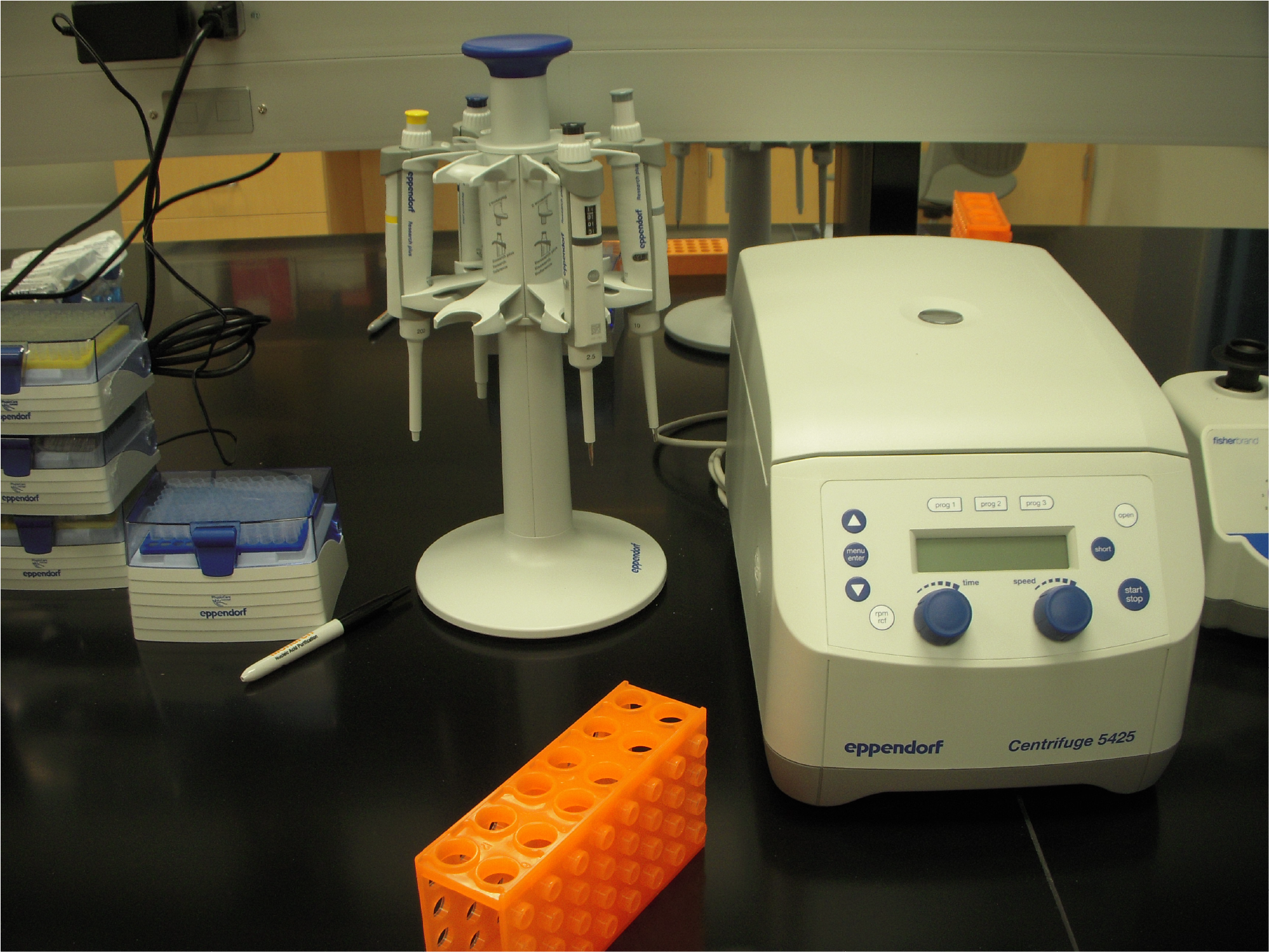Written by Austin Herbert
Week 18 (6/11/21) – mRNAs can be localized to different cellular compartments. Several mechanisms affecting mRNA localization include intron based mRNA retention and polyadenylation. The extent to which post-transcriptional modifications alter the localization of RNA in different cell types is unknown. The Black laboratory recently published research on how splicing affects RNA localization. In this work, Yeom, et al. devised a method based on sample fractionation to assess mRNA localization patterns in cytoplasmic, nucleoplasmic, and chromatin fractions. Sequencing different fractions of mouse embryonic stem cells, neuronal progenitor cells, and postmitotic neurons, allowed the identification of differently enriched RNAs between cell types. Yeom, et al. further validated their method by describing differences in retained introns between cell types and studied the neuronal gamma-aminobutyric acid B receptor, 1 (Gabbr1) as an example of differentially retained introns. Gabbr1 RNA was found to be incompletely spliced and sequestered to the chromatin fraction of mouse embryonic stem cells whereas after neuronal differentiation, Gabbr1 RNA became fully processed and exported for translation. This example describes how intron retention and chromatin anchoring simultaneously act as post-transcriptional regulators preventing full gene expression. Finally, this method provides a large data set for analyzing the differences in localization of RNAs and offers a pipeline for people to repeat this method on different cell types.
